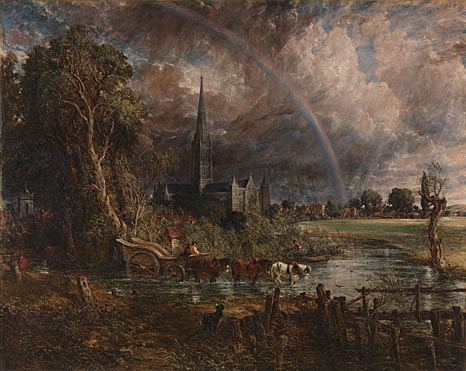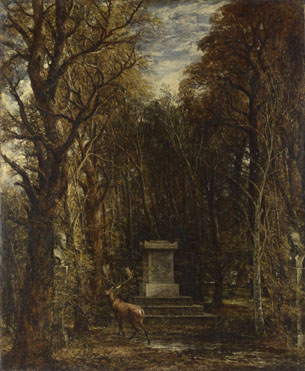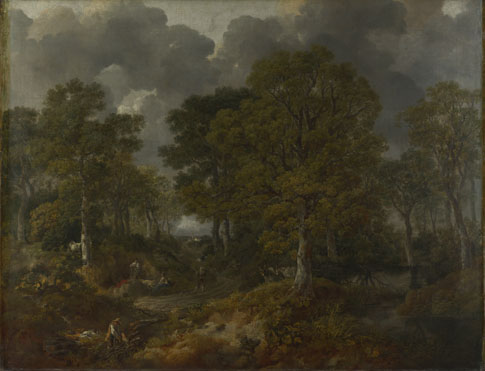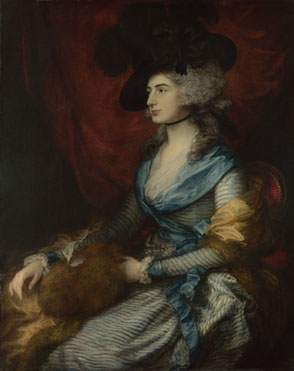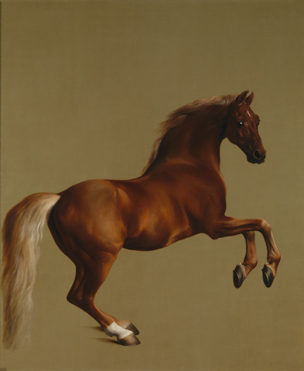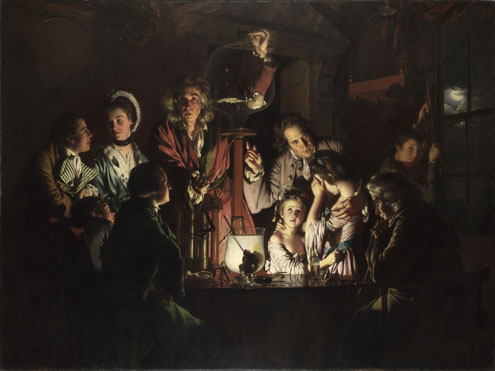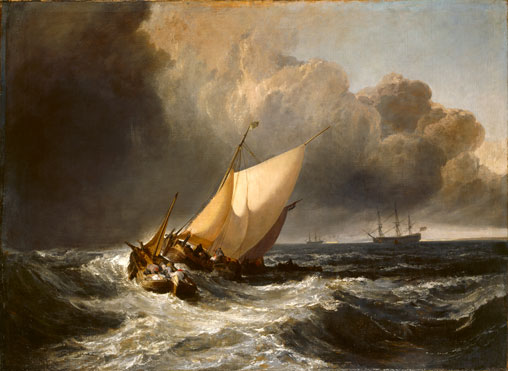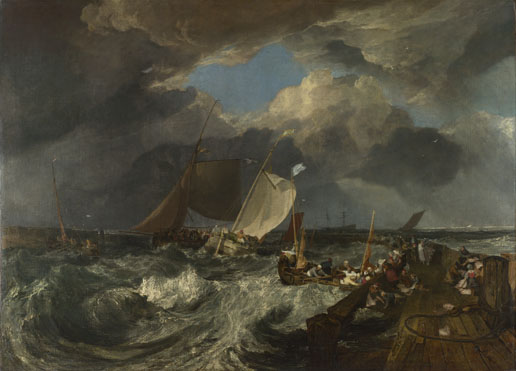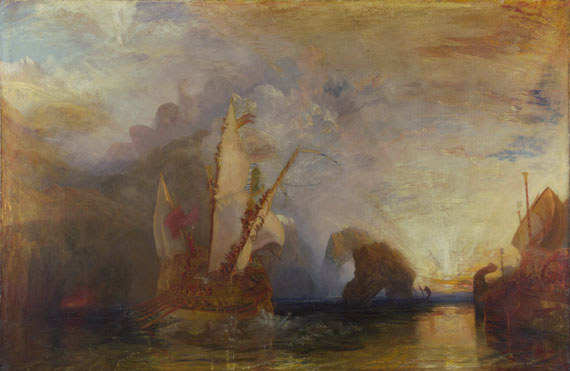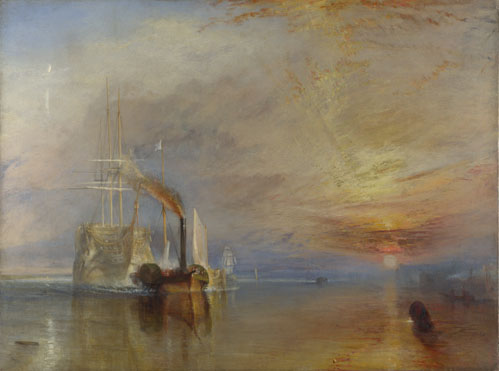Location: Chichester, West Sussex
After a long sojourn wherein some travelling was the main agenda, there have not been much in the way of posting opportunities. So here is a small one, but without any fitting pictures of the occasion.
On to the main event. The St. Martin's Tea Rooms, situated down a small side-street in medieval Chichester, or that is what it feels like. Nothing is particularly grand about the place, with a rather unassuming exterior from what one could approximate as a large Victorian family house.
Inside, the place does not open up, but guides one in to tea rooms themselves, small, cosy rooms with a single contrast of colours, white walls and ceilings against the dark brown carpet, and wood fittings, and furniture everywhere. It is these colours, alongside the maze-like layout, where stairs appear behind what one thinks is a front door, and rooms round corners opening up spaces to the visitor which defy one's perception of space, and offer an amazing sense of privacy. However this is not without the cost of getting lost, and bumping the head on the many curved walls and low ceilings. The service itself is of a non-invasive character, where after ordering down at a canteen like fixture, the drinks and dishes are served quickly and almost silently by 'Victorian maids' as one is supposed to garner from their uniform.
The food itself is very pricey, and would deter many who would seek quantity over quality. This author considers that an accurate assessment of the venue, but this should not be an insurmountable obstacle. The food is excellent and is well advertised as organic fare. There is not much in quantity, but this should lead one to carefully savour the food and explore the flavours that have been put in to the dishes. Granted what was tried was the Welsh rarebit, and the organic lager, which form the basis of this opinion. Though there is nothing on offer that would not satisfy the taste buds even if it fails to satisfy one in quantity.
It is hard to be objective about this venue, which also has quite some history with the author, but if one was to pick out a few faults, these have been mentioned, and will be summed up:
First, the venue is not suitable to those who approach six foot or more, due to the low ceilings and cramped quarters.
And second, the fare is expensive and of low quantity.
Despite these couple of faults, one is offered the classically Victorian styled tea rooms, with a pervading quiet, and privacy to relax. The food is of excellent taste, and in general makes for a un-ordinary indulgence.
This is all that has been worth noting over the previous weekend, and this week will hopefully bring some new sights, complete with photos of an area by the author himself.
Photos here are courtesy of the home page for this tea room,St. Martin's tea rooms
After a long sojourn wherein some travelling was the main agenda, there have not been much in the way of posting opportunities. So here is a small one, but without any fitting pictures of the occasion.
On to the main event. The St. Martin's Tea Rooms, situated down a small side-street in medieval Chichester, or that is what it feels like. Nothing is particularly grand about the place, with a rather unassuming exterior from what one could approximate as a large Victorian family house.
Inside, the place does not open up, but guides one in to tea rooms themselves, small, cosy rooms with a single contrast of colours, white walls and ceilings against the dark brown carpet, and wood fittings, and furniture everywhere. It is these colours, alongside the maze-like layout, where stairs appear behind what one thinks is a front door, and rooms round corners opening up spaces to the visitor which defy one's perception of space, and offer an amazing sense of privacy. However this is not without the cost of getting lost, and bumping the head on the many curved walls and low ceilings. The service itself is of a non-invasive character, where after ordering down at a canteen like fixture, the drinks and dishes are served quickly and almost silently by 'Victorian maids' as one is supposed to garner from their uniform.
The food itself is very pricey, and would deter many who would seek quantity over quality. This author considers that an accurate assessment of the venue, but this should not be an insurmountable obstacle. The food is excellent and is well advertised as organic fare. There is not much in quantity, but this should lead one to carefully savour the food and explore the flavours that have been put in to the dishes. Granted what was tried was the Welsh rarebit, and the organic lager, which form the basis of this opinion. Though there is nothing on offer that would not satisfy the taste buds even if it fails to satisfy one in quantity.
It is hard to be objective about this venue, which also has quite some history with the author, but if one was to pick out a few faults, these have been mentioned, and will be summed up:
First, the venue is not suitable to those who approach six foot or more, due to the low ceilings and cramped quarters.
And second, the fare is expensive and of low quantity.
Despite these couple of faults, one is offered the classically Victorian styled tea rooms, with a pervading quiet, and privacy to relax. The food is of excellent taste, and in general makes for a un-ordinary indulgence.
This is all that has been worth noting over the previous weekend, and this week will hopefully bring some new sights, complete with photos of an area by the author himself.
Photos here are courtesy of the home page for this tea room,St. Martin's tea rooms








